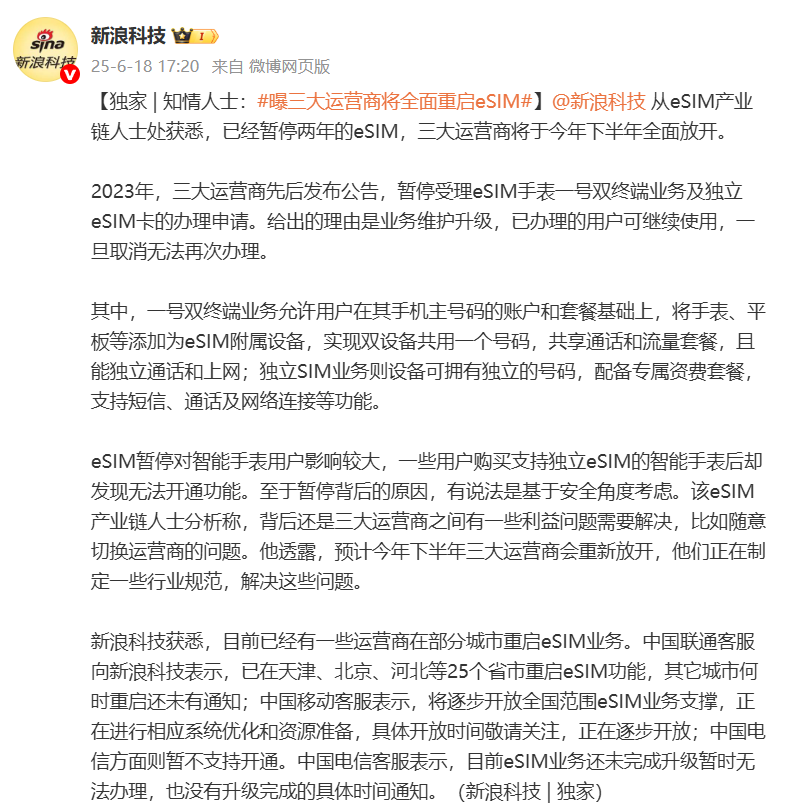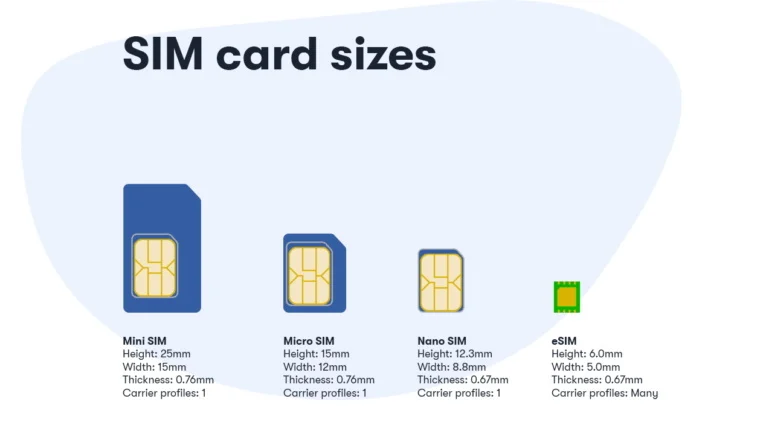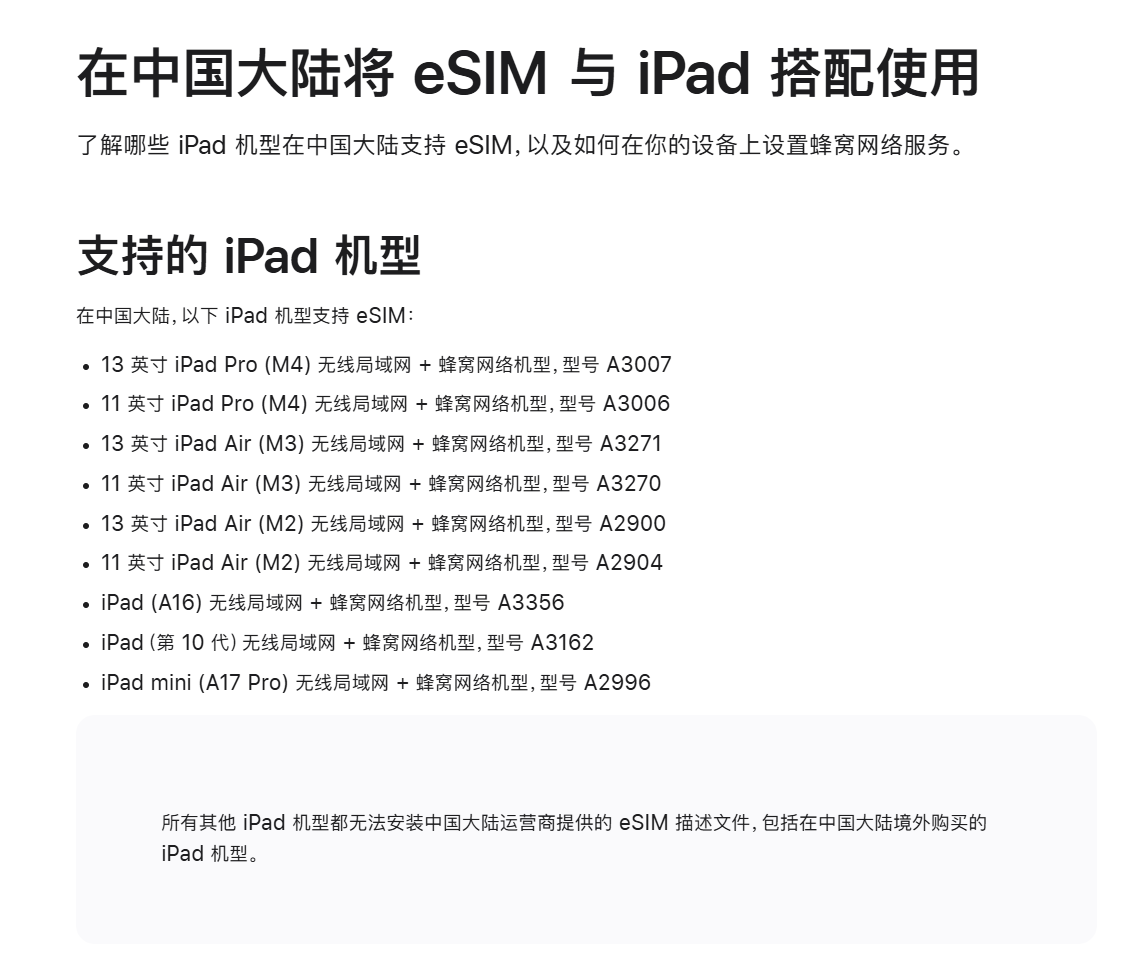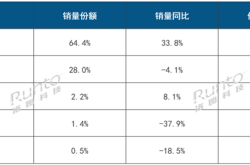eSIM Revival Countdown: Major Operators Spring into Action, Huawei and Apple Vie for Premiere
![]() 06/19 2025
06/19 2025
![]() 776
776
Gone are the days of inserting or swapping SIM cards.
The digital landscape has been buzzing with significant developments lately. Today, let's delve into the resurgence of eSIM, a technology that was put on hold for two years.
On June 18, Sina Technology reported that China's three major telecommunications operators will fully roll out eSIM services in the second half of this year. Earlier whispers hinted at these operators conducting covert internal trials of eSIM technology.

Image Source: Weibo
The saga behind the two-year hiatus of eSIM is quite intricate.
As early as 2018, domestic operators embarked on piloting eSIM. For instance, the Apple Watch Series 3 supported "one number for two devices," enabling users to share their phone number with their watch. Imagine going for a run without your phone, yet still being able to answer calls—utter convenience.
However, this golden period was fleeting. In 2023, the operators abruptly announced the suspension of eSIM services, citing "business maintenance and upgrades" as the rationale. This left many puzzled, wondering why this promising technology was abruptly shelved.
Subsequent online rumors unveiled the crux of the matter: security risks and regulatory loopholes.
Firstly, eSIM involves "over-the-air card provisioning," which criminals exploited during remote data transmission. They used technical means to convert eSIM into physical cards, illegally siphoning off operators' network resources and even employing these cards for fraudulent activities, inflicting substantial losses on operators.
Secondly, there were internal issues within the operators. Some individuals illegally sold inexpensive IoT eSIM to mobile phone users for profit, blatantly violating the regulations set by the Ministry of Industry and Information Technology. Without addressing these issues, eSIM could not be embraced with confidence.
Recently, digital whispers have also suggested that the iPhone 17 Air might adopt an all-eSIM design, while Huawei's Mate XT and Mate XTs, part of its minor iteration series, could also vie for the honor of the first commercial eSIM launch.
Speaking of eSIM's revolutionary impact on mobile phone design, the most immediate benefit is the space-saving breakthrough it brings. Traditional SIM card slots not only accommodate physical cards but also necessitate intricate dustproof and waterproof structures, making them "space hogs" for foldable screens and slim models that are already space-constrained.
Take Huawei Mate XTs as an example. As the world's second tri-foldable screen phone, its hinge system, screen components, and battery consume a significant amount of internal space. The incorporation of eSIM technology eliminates the need for traditional SIM card slots and surrounding structures, and the liberated space can be utilized to optimize the hinge design.

Image Source: 9to5Mac
On Apple's front, rumors abound that the iPhone 17 Air will entirely do away with the physical card slot, potentially achieving a sleek body thickness of just 5.5mm. However, Apple's push for eSIM in China faces hurdles. The Ministry of Industry and Information Technology previously mandated that mobile phones must retain physical card slots. This time, the operators' internal testing of eSIM might be seen as "negotiating terms" with Apple. It remains to be seen whether Apple can overcome these policy constraints.
In fact, Apple has already eliminated physical card slots in the American version of the iPhone 14. The iPhone 15 series in European markets like France and Germany have followed suit with "all-eSIM" models, where even repairs necessitate returning the device to the factory.
Currently, only China Unicom offers eSIM services for iPads in select regions of China, while other operators are still holding back. It is hoped that the three major operators will expedite the process and introduce more affordable eSIM packages in the future.

Image Source: Apple
From a technical standpoint, the eSIM integration solution occupies only one-third of the space of a traditional Nano SIM card and does not require additional slotting, significantly enhancing the waterproof and dustproof capabilities of mobile phones.
The transition from physical cards to eSIM signifies more than just a change in cards; it represents an innovation spanning the entire communications industry. It renders our devices thinner and lighter, enhances our daily convenience, and fosters the growth of fields such as the Internet of Things and smart homes.
Although challenges persist, with the maturation of technology and the refinement of policies, eSIM is poised to become an indispensable aspect of our lives.
Source: Lei Technology
Images in this article are from: 123RF authentic image library Source: Lei Technology








